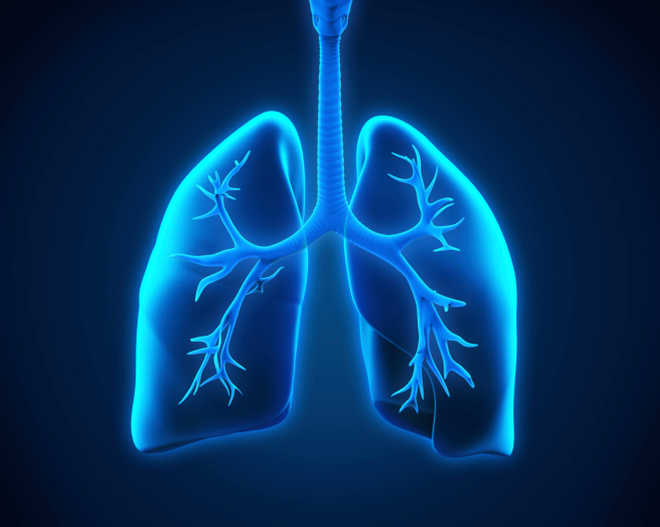Washington
Researchers, including one of Indian-origin, have found that lung cells can regenerate from one another after injury, a finding that may have implications for disorders such as chronic obstructive pulmonary disease.
The study suggests that lung tissue has more dexterity in repairing tissue than once thought, researchers said.
“It is as if the lung cells can regenerate from one another as needed to repair missing tissue, suggesting that there is much more flexibility in the system than we have previously appreciated,” said Jon Epstein from the Perelman School of Medicine at the University of Pennsylvania.
These are not classic stem cells that we see regenerating the lung. They are mature lung cells that awaken in response to injury.
“We want to learn how the lung regenerates so that we can stimulate the process in situations where it is insufficient, such as in patients with COPD [chronic obstructive pulmonary disease],” Epstein said.
The two types of airway cells in the alveoli, the gas-exchanging part of the lung, have very different functions, but can morph into each other under the right circumstances, researchers found.
Long, thin Type 1 cells are where gases (oxygen and carbon dioxide) are exchanged - the actual breath. Type 2 cells secrete surfactant, a soapy substance that helps keep airways open.
The team showed in mouse models that these two types of cells originate from a common precursor stem cell in the embryo.
Next, the team used other mouse models in which part of the lung was removed and single cell culture to study the plasticity of cell types during lung regrowth. The team showed that Type 1 cells can give rise to Type 2 cells, and vice-versa.
“We found that Type 1 cells give rise to the Type 2 cells over about three weeks in various models of regeneration. We saw new cells growing back into these new areas of the lung,” said Rajan Jain, a cardiologist and instructor in the Department of Medicine at the University of Pennsylvania.
“It is as if the lung knows it has to grow back and can call into action some Type 1 cells to help in that process,” Jain said.
The findings are published in the journal Nature Communications. — PTI
Unlock Exclusive Insights with The Tribune Premium
Take your experience further with Premium access.
Thought-provoking Opinions, Expert Analysis, In-depth Insights and other Member Only Benefits
Already a Member? Sign In Now










